Environment Posts
Local Meteorologist Delivers More Than a 10 Day Forecast: Educating on Climate Change
Politicians aren’t trusted as a source for information on climate change, reported NPR on Tuesday. Also – unsurprisingly – scientists are the number one trusted source for climate change research. What caught my ear during this Morning Edition story, however, was the second most trusted source: local TV weathercasters.
China Leads World’s Embrace of Inexpensive Approach to Clean Water
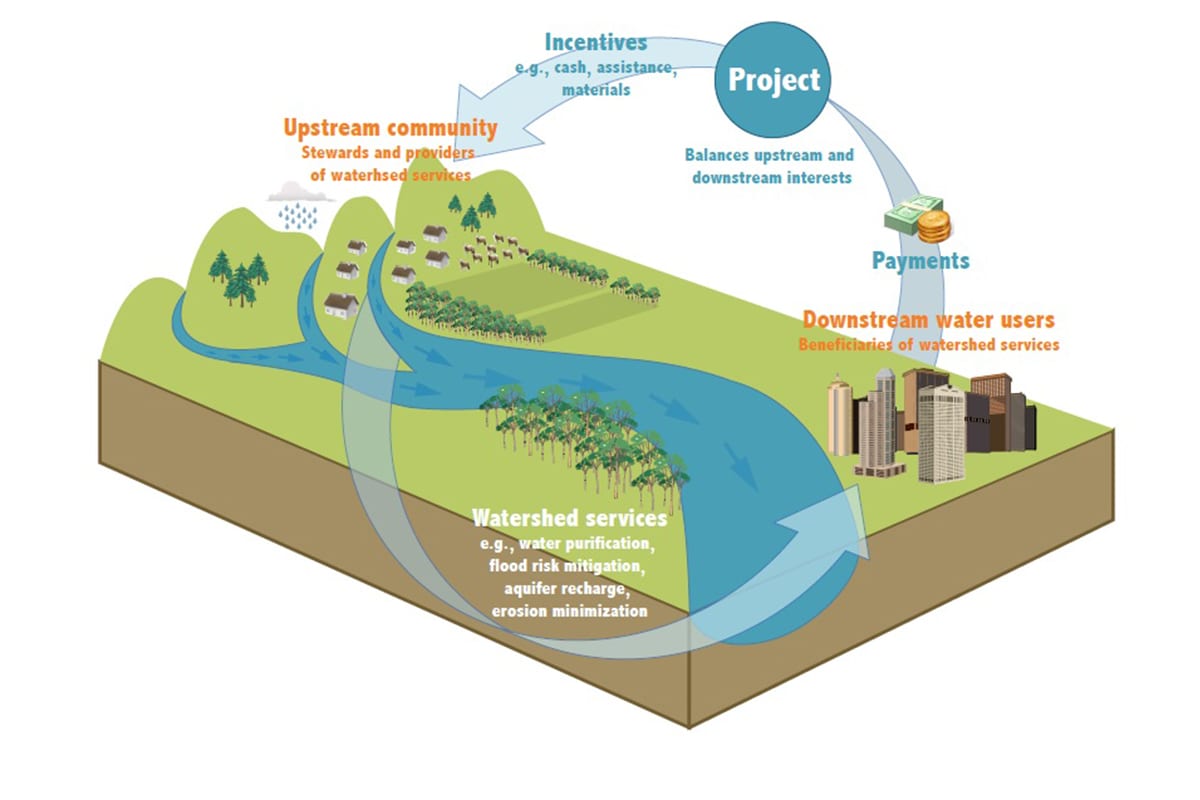
Charting New Waters: State of Watershed Payments 2012 tallies an uptick in investments by governments, NGOS and private companies that pay communities to shelter or clean up water supplies. The study found that more than $8 billion was invested in these projects—a $2 billion increase from the study’s findings in 2008.
Big Facts Cut Through the Climate Change Clutter
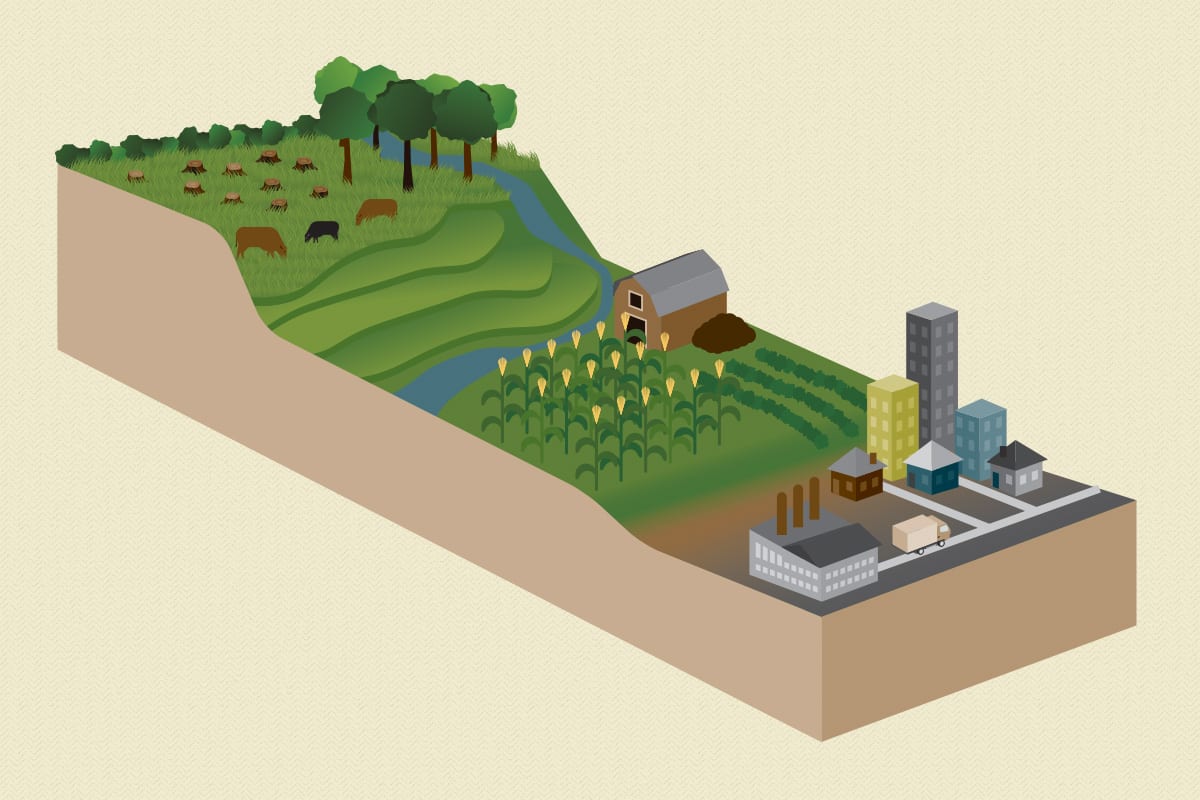
The CGIAR Research Program on Climate Change, Agriculture, and Food Security (CCAFS), a Burness client, launched in Doha a set of 30 definitive facts that negotiators can rely on to understand the link between climate change and agriculture—a hot topic at the negotiations this year.
Water from the Nile—Is There Enough for Everybody?
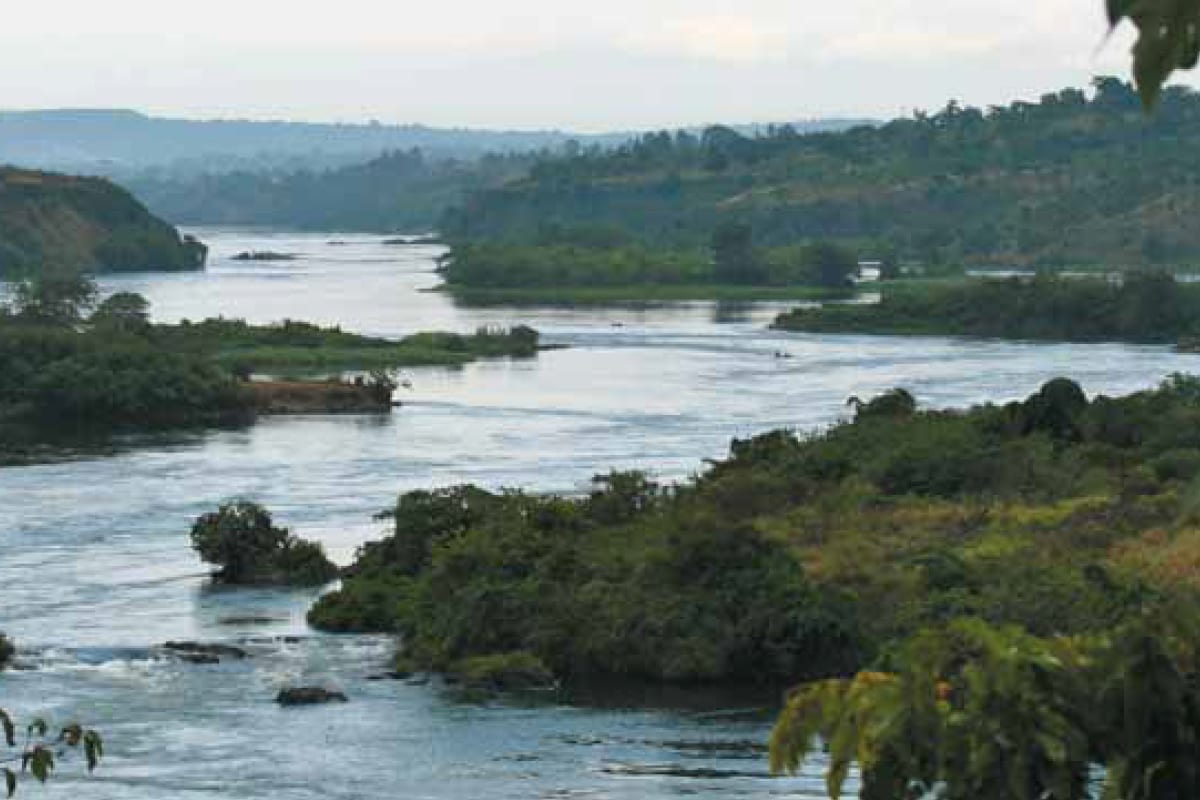
When South Sudan became an independent country, it also became the eleventh country to share the world’s longest river, the Nile. So many nations drawing from one source of water inevitably results in political and environmental complications. But a new … Continue reading Water from the Nile—Is There Enough for Everybody?
Can Bananas Feed the World if Climate Change Worsens?

Hurricane Sandy crashed into the northeast U.S. at the end of October 2012, demonstrating the type of severe weather that climate change is expected to bring with increasing regularity. At the same time, the CGIAR Research Program on Climate Change, Agriculture and Food Security (CCAFS)—a Burness client—released two research papers looking at how feeding the world contributes to global warming, and how agriculture in particular needs to be revamped as climate change continues to worsen.
Progress in East Africa as Farmers Begin Adapting to Changing Weather
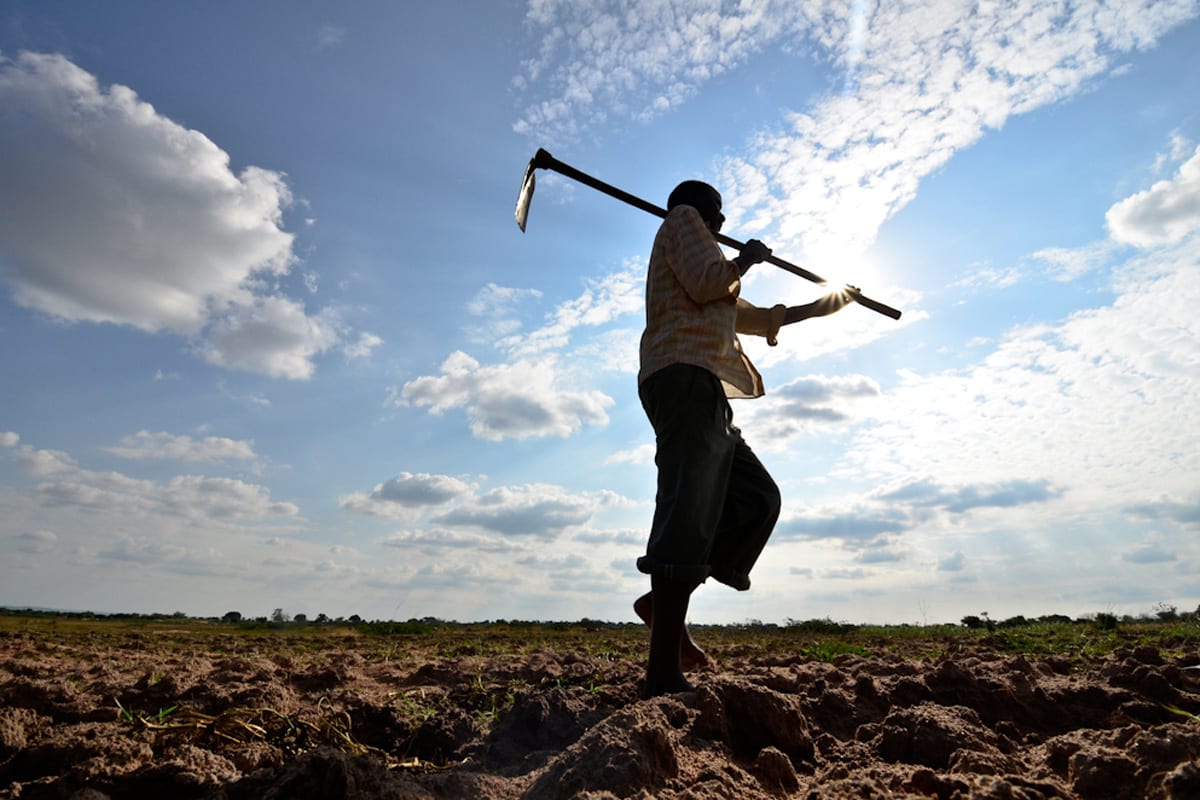
In a year when abnormal weather has wreaked havoc on farmers around the globe—from record drought in the U.S. to the failed monsoon in India—new research recently published by the CGIAR Research Program on Climate Change, Agriculture and Food Security (CCAFS) shows that smallholder farmers across East Africa have started to adapt to the changing climate.
Mars, It’s the Journey, Not the Destination

The now famous video “Curiosity’s 7 Minutes of Terror” tells the incredible story of the rover’s difficult landing and explains the complex process the engineers went through and the obstacles they faced in safely landing a $2.5 billion rover on another planet. Using animation and testimony from the engineers, the video turns the complex scientific process into a compelling and accessible story.
Bamboo Charcoal: A Sustainable Energy Source for Africa
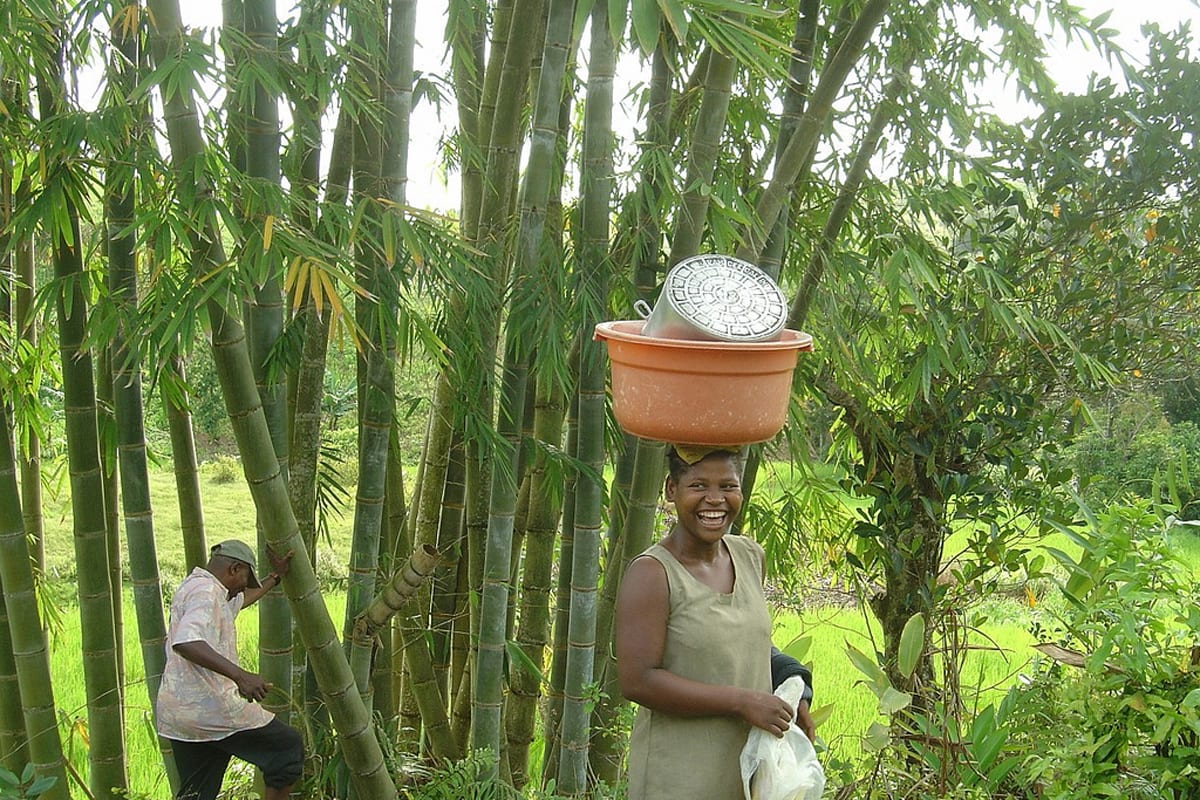
When we think of bamboo, we rarely think of Africa. Though most of us know the plant as panda food or as the backdrop of Chinese movies like Crouching Tiger Hidden Dragon, it is also a source of alternative energy that can combat soil degradation and massive deforestation in Africa.
Arctic Seed Vault Receives Seeds from Syria, Trendy Amaranth and Barley, Plus High Altitude Wheat
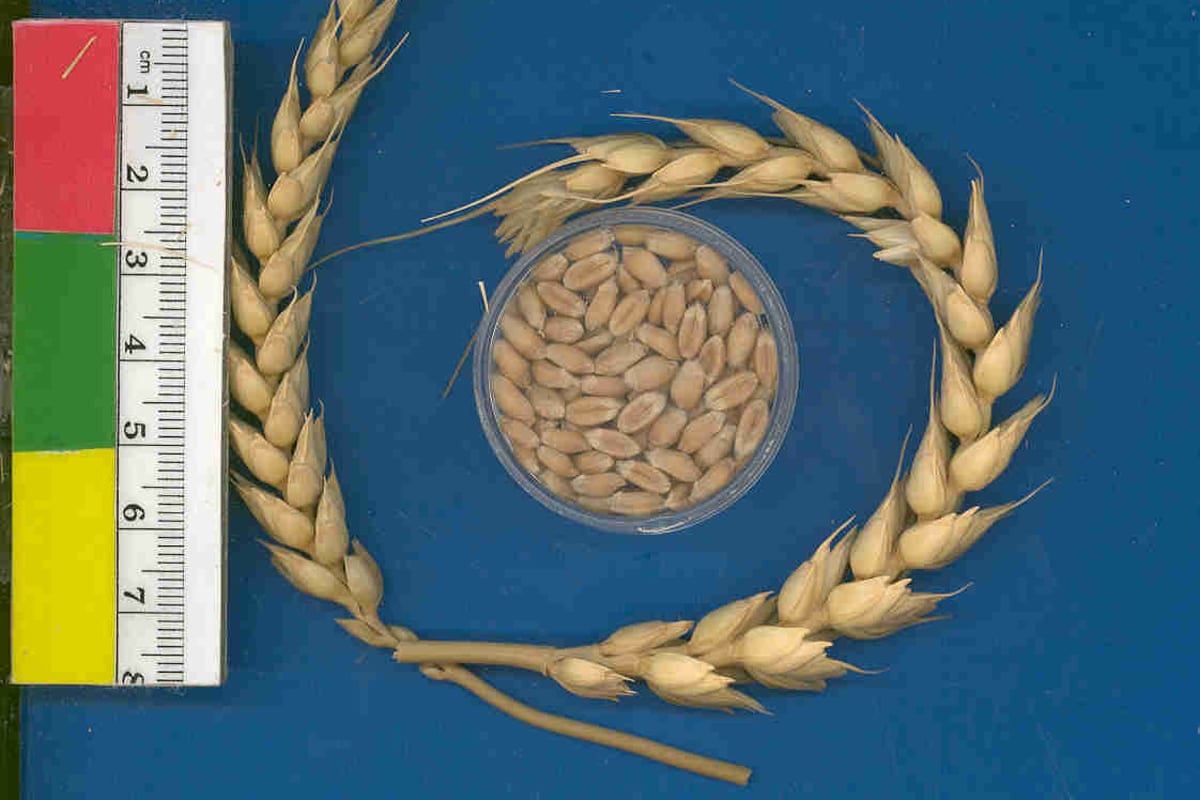
The Global Crop Diversity Trust, a Burness client, maintains the seed vault in partnership with the Norwegian government and the Nordic Genetic Resources Center, as a back-up to the living crop diversity collections housed in “genebanks” around the world. “The incredible range and importance of the seeds that have been sent here this week for safekeeping provide vivid examples of why we need to carefully collect and preserve our planet’s crop diversity,” said Cary Fowler, executive director of the Global Crop Diversity Trust.
Map Aims to Help Health Officials Take a Bite Out of Lyme Disease
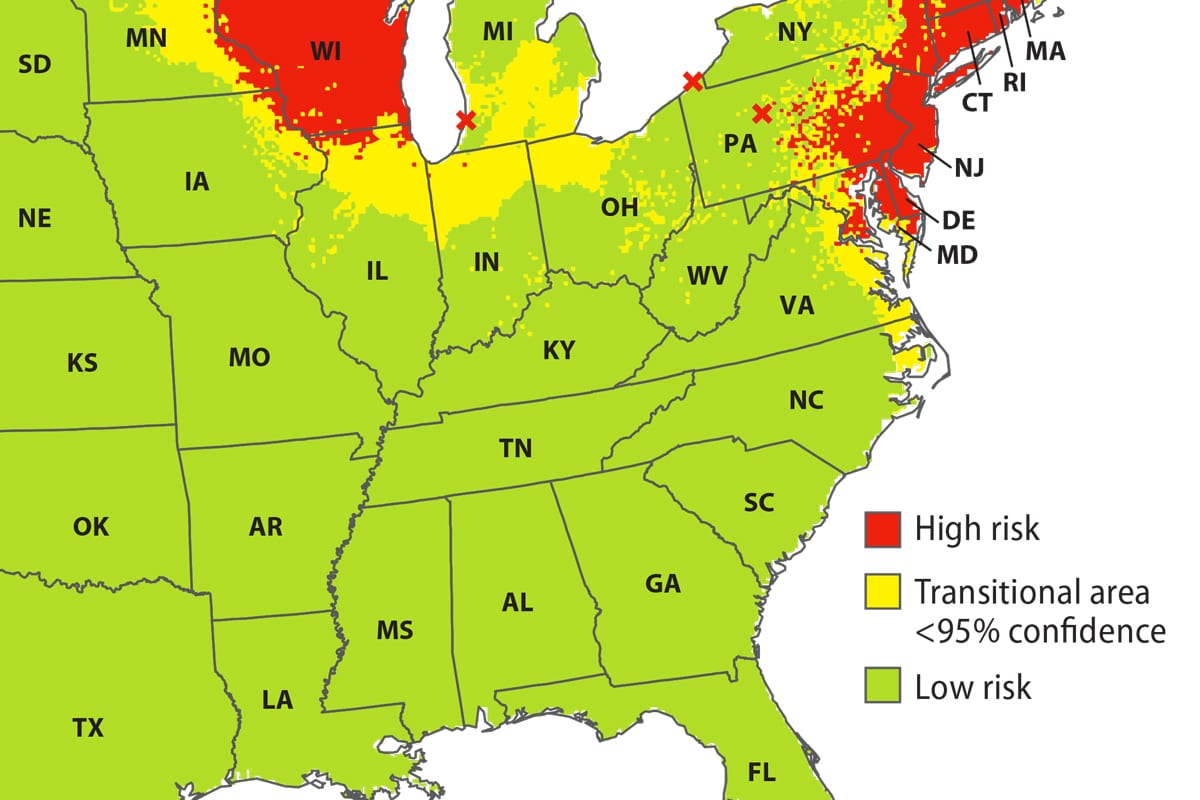
After sizing up more than 5000 ticks, researchers have created a detailed map of the Eastern United States pinpointing where humans are at highest risk of contracting the disease.
